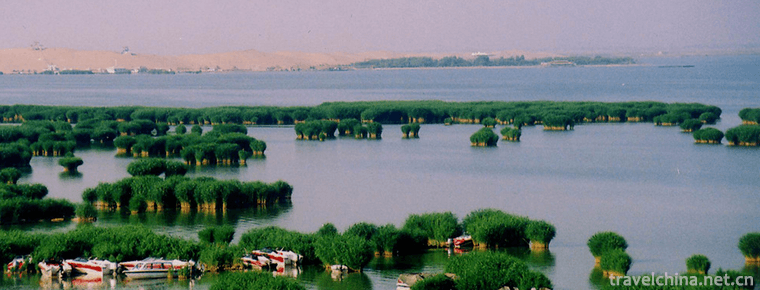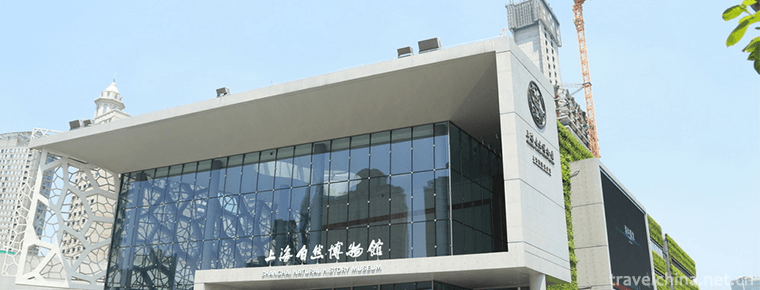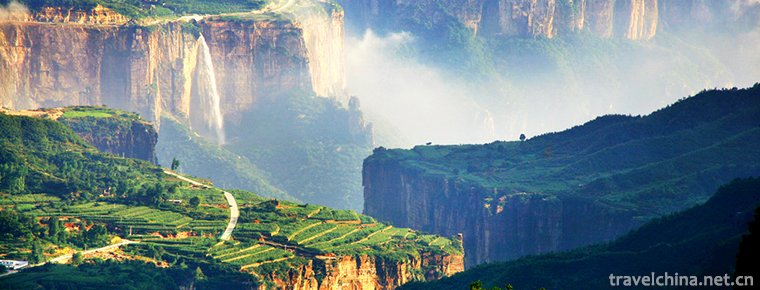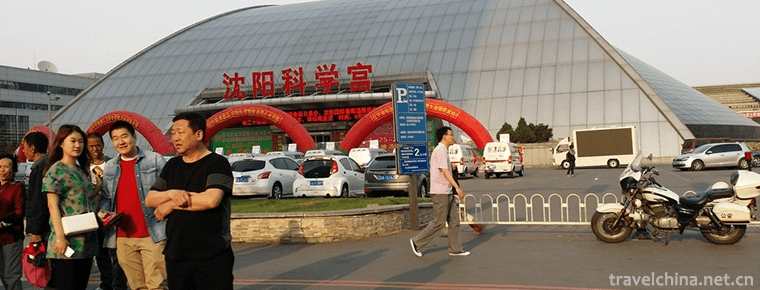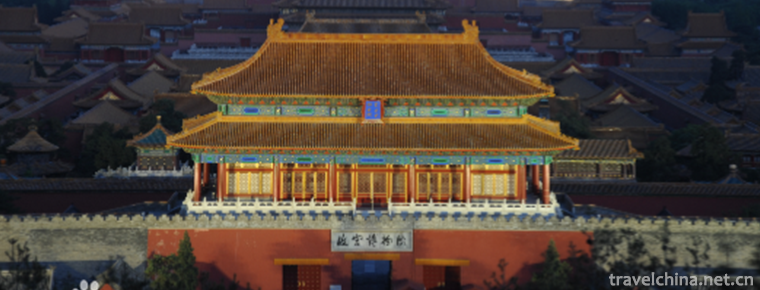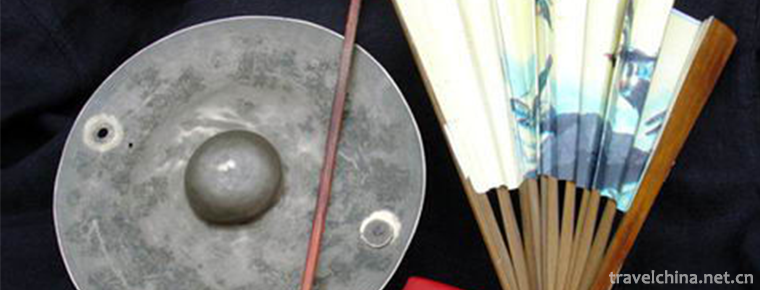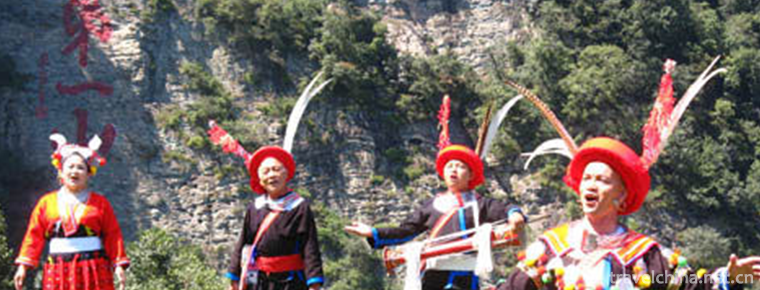Leather Paper Making Skills
Leather Paper Making Skills
Leather paper making technology, Guizhou local traditional handicraft, one of the national intangible cultural heritage.
Leather paper making is an ancient Chinese traditional handicraft. Paper making is one of the four great inventions in ancient China. Bamboo paper and leather paper made from bamboo and tussah bark are two important varieties of traditional handmade paper. Guizhou is a minority inhabited area, and many areas of Guizhou still retain the ancient skills of traditional bamboo paper and leather paper making, among which Xiangzhigou (Buyi nationality), Xiaotun of Zhenfeng County and Shiqiao (Miao nationality) of Danzhai County are the most outstanding ones.
On May 20, 2006, the technology of making leather paper was approved by the State Council and listed in the first batch of national intangible cultural heritage list, the heritage number_-67.
Technological characteristics
Taking bamboo paper produced in Xiangzhigou as an example, it is said that it began in Hongwu period of Ming Dynasty and has a history of more than 600 years. The whole operation process includes 72 processes such as cutting bamboo, breaking bamboo, fencing bamboo, cooking, grinding, pulping, paper making, pressing and drying, which are exactly the same as the paper-making method in Song Yingxing's Tiangong Kaiwu. Its products are both soft and tough, with invisible bamboo patterns and a light fragrance.
The white sponge paper produced in Xiaotun, Zhenfeng County, was originated in Xianfeng period of Qing Dynasty. Up to the end of last century, there were still more than 1000 households engaged in paper making. The paper is made from the skin of the fabric, and the whole set of operation has also undergone 72 processes. The finished product is soft, smooth and soft.
The white paper produced by Shiqiao in Danzhai County is also made of Chinese fir root and bark. In addition, color paper is also produced, including Yunlong fold, concave and convex, flattening, flower and grass, hemp paper. There are more than ten links in the production process. The cotton flocculent pulp is mixed with water and blended with "slipper". The product is packaged by copying, pressing, drying and uncovering. The paper is soft, smooth and water-resistant.
Inheritance Significance
Hand-made paper products have strict requirements on raw materials, water quality and technology. The inheritance of skills depends on oral teaching and heart-to-heart teaching, accompanied by manufacturing, resulting in a rich paper industry custom. Every year, Cai Lun, the master of paper making, is sacrificed. In these cases, the related bamboo paper and leather paper manufacturing techniques have become an important evidence of cultural diversity and national identity. However, under the strong impact of the modern paper industry, the inheritance of these complex and difficult Ancient Papermaking methods has become a problem, which needs to be rescued and protected.
Technological process
There are two processes and more than 30 processes in the production of Longyou Shanya Yanpi paper. One is the production process of leather materials, including chopping, steaming, peeling, steaming, steaming, steaming, spreading, drying, billet making, tearing, cooking, kneading, extrusion, spreading, washing, beating, skinning, washing, drying, bagging and other processes; the other is the production process of finished products, including squeezing, fur troughing, juicing, stirring, paper pressing, baking, paper checking, paper cutting, packaging and so on. Preface. More than 50 kinds of tools with different functions such as Jishan knife, scraper, hydrazone knife, steamer, paper curtain, curtain bed and slot angle are needed in production.
The production process of Longyou Mountain Yanpi Paper depends entirely on the naked eye observation and hand experience of craftsmen. For example, in the paper fishing process, the depth of the curtain bed into the pond and the size of the waves can only be operated by the eye and feel, so as to determine the quality of the finished paper. With the technology of making yam goose skin paper, more than 30 varieties of painting fairy paper, stationery paper, national color paper and special paper can also be processed. They are not only used for painting and calligraphy, but also for binding and packaging.
Inheritance and Protection
Heritage figures
Luo Shouquan, male, Buyi nationality, born in 1942, is from Xiangzhigou, Xinbao Township, Wudang District, Guiyang City, Guizhou Province. In May 2006, the paper making skills were listed in the first batch of national intangible cultural heritage list of traditional skills.
protective measures
National-level inheritors such as Wan Aizhu also guard this ancient handicraft, and actively take protective measures to collect and sort out traditional technological processes, raw material formulations and papermaking equipment, protect the interests of old artists, establish a paper culture museum, and carry out exchange activities of handicraft papermaking skills.

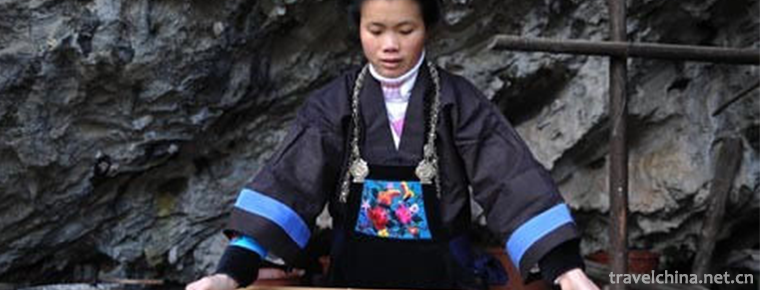
-
Shahu Sand Lake tourist attraction
In 1996, Shahu Lake was listed as one of the 35 trump-card scenic spots in China. In 2000, Shahu Lake was designated as "National Civilized Tourism Scenic Spot" by the Central Office of Spir.
Views: 152 Time 2018-12-12 -
Shanghai Museum of Natural History
The Shanghai Museum of Nature (Shanghai Science and Technology Museum Natural Branch) is one of the largest natural museums in China. Located in the center of Shanghai, Address: 260 Yan'an East Road, .
Views: 356 Time 2018-12-15 -
Linzhou Taihang Grand Canyon Scenic Area
Taihang Grand Canyon Scenic Area is located in Linzhou City, northwest of Henan Province, on the eastern foot of the southern Taihang Mountains. It is 100 miles long in the north and south.
Views: 266 Time 2019-01-30 -
Shenyang Science Centrum
Shenyang Science Palace is located in Wulihe Central Business District, Shenyang District, Liaoning Province. It is a large-scale modern popular science education base in Shenyang District. It was bui.
Views: 226 Time 2019-02-08 -
Construction Skills of Official Ancient Architecture
In the process of construction and maintenance of the Palace Museum ancient buildings, a complete set of traditional palace building construction techniques with strict shape has been formed on the ba.
Views: 296 Time 2019-05-01 -
Pinghu cymbal book
Cymbals are a unique form of local traditional folk art in the Wu dialect area of Jiangnan. According to the Records of Songjiang County, it was formed in the Qing Dynasty (1821-1850). It is now mainl.
Views: 134 Time 2019-06-09 -
Yao Folk Songs
Yao folk song is a popular Yao folk song in Ruyuan Yao Autonomous County of Shaoguan City. Yao language is called "Saihua handle". It is translated into Chinese to mean "the language th.
Views: 125 Time 2019-07-11 -
Yibin white tower
Baita (also known as Dongyan pagoda) is located in Baita Mountain Scenic Area of Yibin Lingang Economic and Technological Development Zone. It was built in 1569, the third year of emperor muzong's reign in the Ming Dynasty..
Views: 110 Time 2020-10-16 -
Social undertakings in Guangyuan
In 2018, Guangyuan City achieved 31 major scientific and technological achievements throughout the year, and 1466 patents were applied, including 288 inventions and 931 authorized patents. 84 technical contracts were registered, and the transaction value.
Views: 311 Time 2020-12-15 -
Neijiang secondary industry
By the end of 2019, there were 329 Industrial Enterprises above Designated Size in Neijiang City, and the added value of industries above designated size increased by 9.5%. The added value of the five traditional pillar industries increased by 9.8%, including.
Views: 332 Time 2020-12-16


